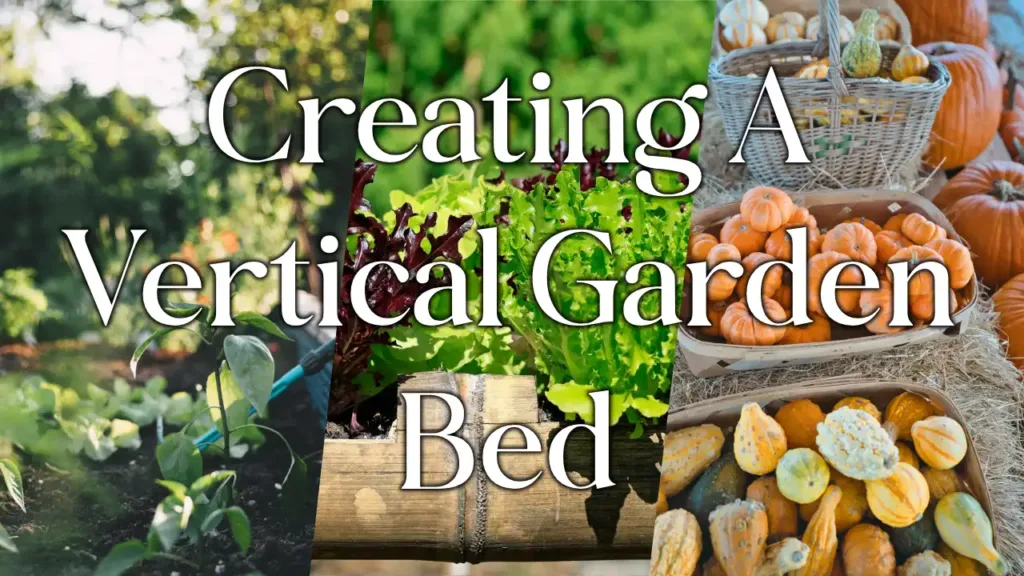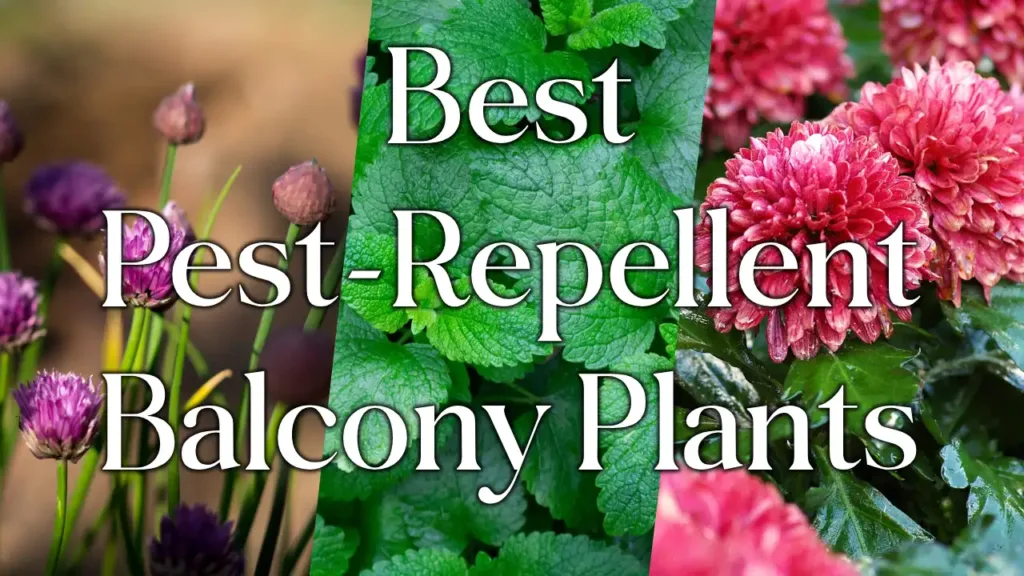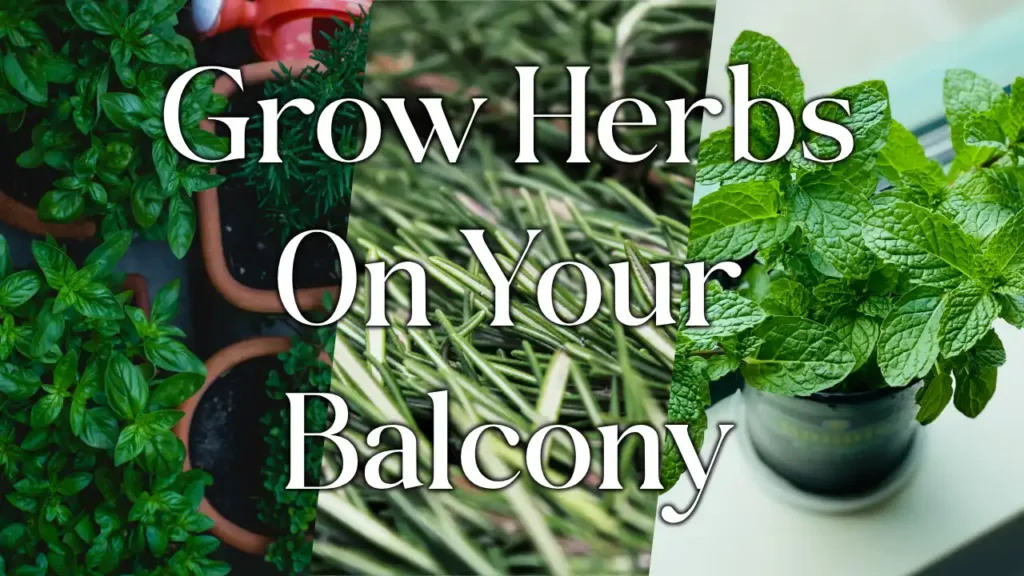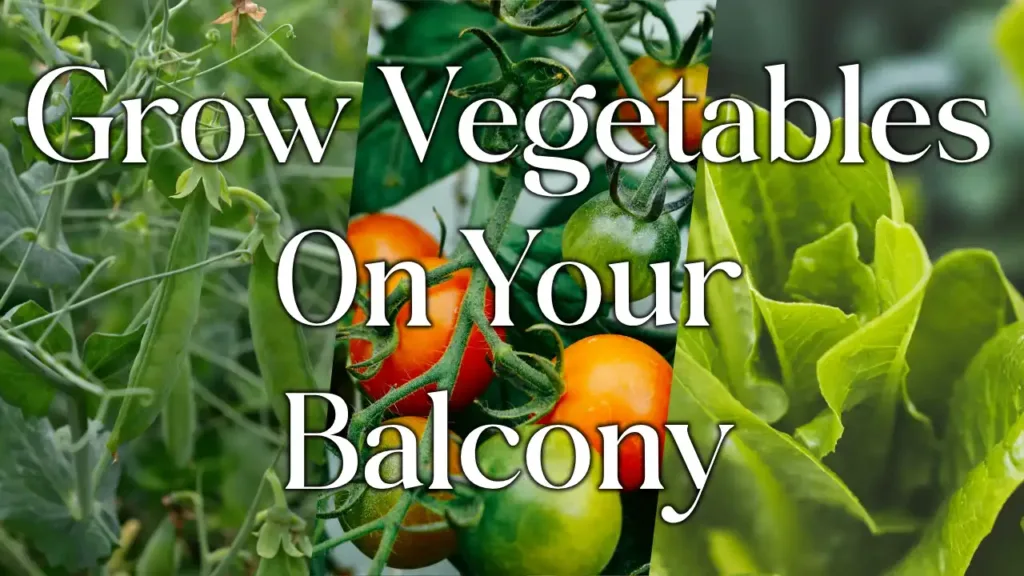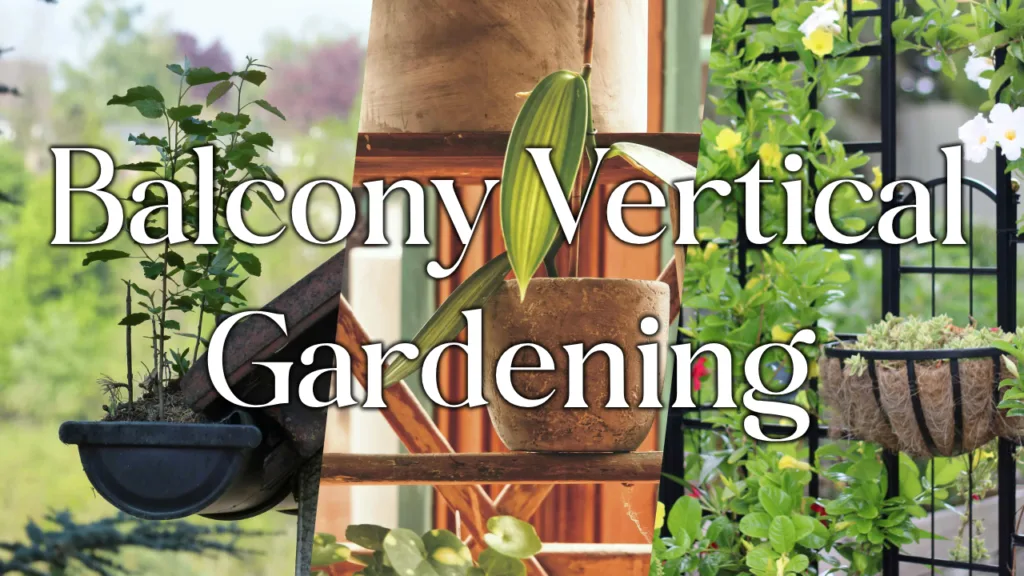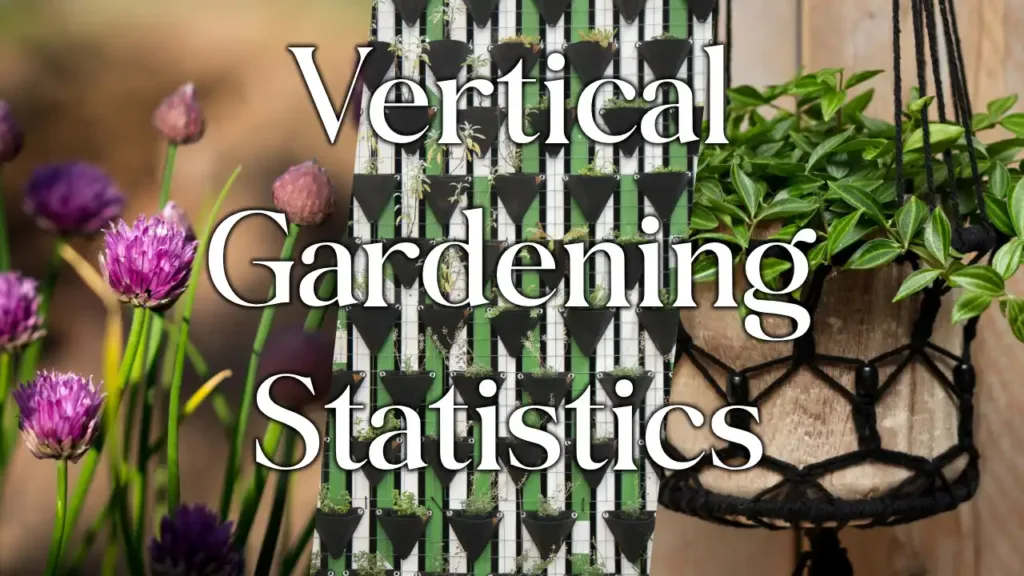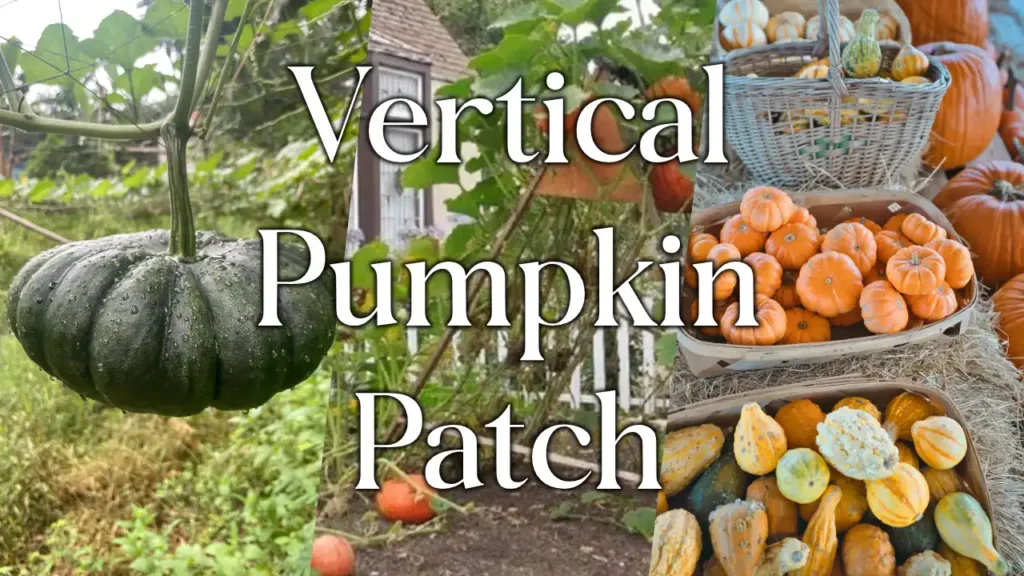While many gardeners believe that they need the perfect plot to start growing, that’s not the case at all. You can grow an abundant garden even in a small, oddly-shaped space by thinking vertically.
In this guide, we’ll show you exactly how you can make the most of your vertical garden space getting abundant produce and a good looking space.
Contents
Why Create a Vertical Garden Bed?
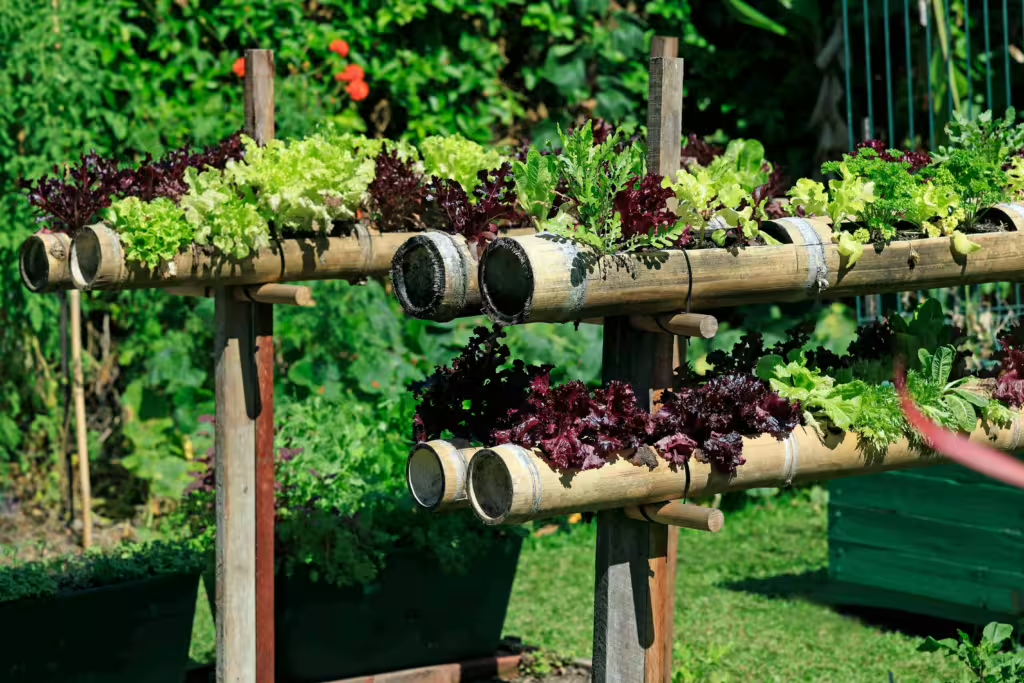
A vertical garden is an excellent solution for those with limited space, or those who want to try something new. Since we’ve started gardening vertically, we’ve loved how many veggies we can harvest and how healthy our plants have been, but there are many other advantages too.
By growing upwards instead of outwards, you can significantly increase your growing area, reduce pests and increase your watering efficiency. Vertical gardens are also easier on your back, provide better airflow, and can make harvesting even more efficient.
If we’ve not convinced you, take a look at our top 7 reasons to start a vertical garden.
Planting in Your Vertical Garden Bed
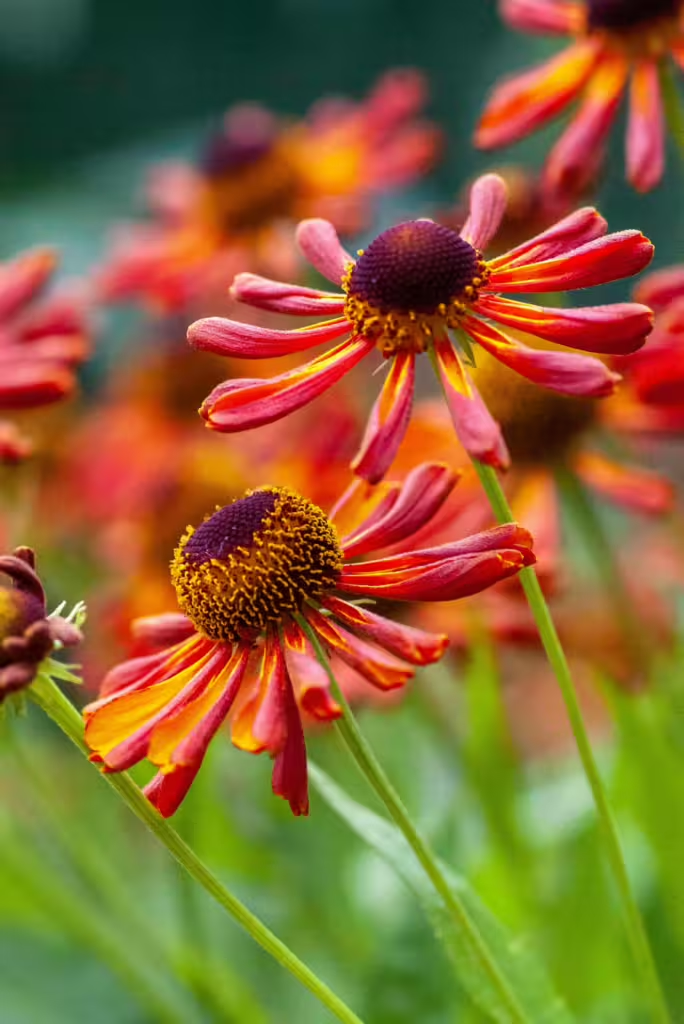
Selecting the right plants is crucial to the success of your vertical garden beds. We’d recommend choosing plants based on which level of the vertical bed they’re planted on, with sun-loving plants on the top tiers and shade-tolerant plants further down. This is really important, as it helps your plants to thrive and look healthy, making the beds look more visually appealing and have more produce.
Here’s some examples of plants that we’ve found grow really well on each section of our 3-tiered vertical beds:
Top Tier (Sun-Loving Plants)
- Fruits: Strawberries, dwarf citrus trees
- Vegetables: Tomatoes, peppers, aubergines
- Plants: Sunflowers, marigolds
Middle Tier (Partial Shade Plants)
- Fruits: Raspberries, gooseberries
- Vegetables: Lettuce, spinach, swiss chard
- Plants: Ferns, hostas
Bottom Tier (Shade-Tolerant Plants)
- Fruits: Currants, elderberries
- Vegetables: Kale, beetroot
- Plants: Mint, parsley, lemon balm
In truth, the choice of plants for each level really depends on the conditions of your garden and what you’re looking to grow. If you put your vertical garden beds in a sunny spot that receives direct sunlight all day, then chances are most of your beds will receive enough sunlight to let sun-loving plants thrive.
As with everything in gardening, it’s all about experimenting to see which things work. If you’d like some more ideas on what grows well in small containers for different types of light levels, take a look at the linked guides below for some recommendations.
11 Bug-Repellent Plants For Your Balcony
As summer arrives, we all look forward to enjoying more time on our balconies. However,…
Top 10 Trees For Balconies
If you live in an apartment and are looking for more greenery, shade or even…
How To Grow Herbs On Your Balcony
Growing herbs on your balcony is one of the easiest and most rewarding ways to…
How To Grow Vegetables On Your Balcony
Growing your own fruits and vegetables shouldn’t be reserved for those who have a big…
How To Grow Berries On Your Balcony
Growing berries on your balcony is a delightful way to enjoy fresh, sweet fruit without…
Top 5 Plants For Sunny Balconies
For those of us who want to create green oases on our sunny balconies, it…
Caring for Plants In Your Vertical Garden Bed
Once you’ve created and planted out your vertical garden beds, you need to make sure that you water them regularly to keep your plants healthy. It’s been shown that plants in containers dry out much more quickly than those in the ground, so we’d recommend watering at least once per day, and even more in sunny and hot weather.
You should also use a good, natural fertiliser to help your plants have the nutrients that they need to thrive. We’ve found that adding a healthy amount of fertiliser twice per year encourages your plants to grow at their optimum.
Maximising Your Harvest

To maximise your harvest, we’d recommend using succession planting, which is where you sow new seeds as soon as your last crop is harvested, helping to ensure that you’ve always got something to eat.
Due to the close quarters that your plants will be growing in, we’ve found that companion planting is incredibly important. Companion planting involves strategically placing plants close together that benefit each other by improving growth, repelling pests, or enhancing flavour. When you are going to buy a plant for your vertical garden bed, wed recommend having a quick search online for the best companion plants to help your crops thrive.
Vertical Gardening Bed Inspiration
As with so many things in gardening, it’s always useful to see what other people are doing before you commit to a project. Here are 6 of our favourite vertical gardening beds from around the web.
Conclusion
Hopefully you now agree that vertical gardens are not only functional but also a beautiful addition to your outdoor space. Not only are they a great conversation starter, but they can also be the focal point of your space. By following this guide, you’ll be able to create your own vertical garden space in no time.
If you’re looking for more vertical gardening inspiration, take a look at our guide to using your fence to create a vertical garden, or see how you can start a vertical garden on a small space, such as a balcony.
